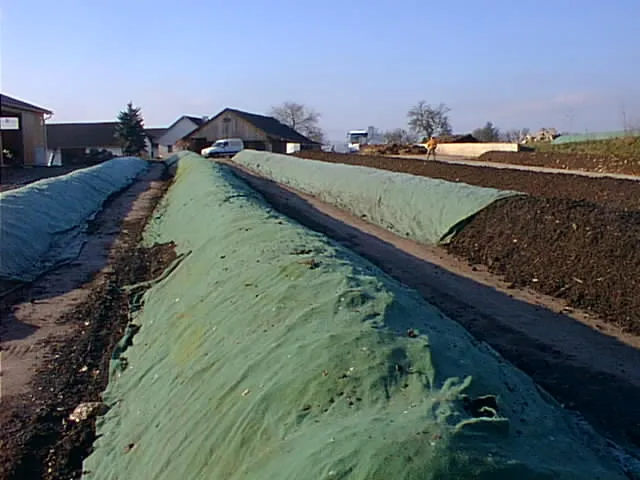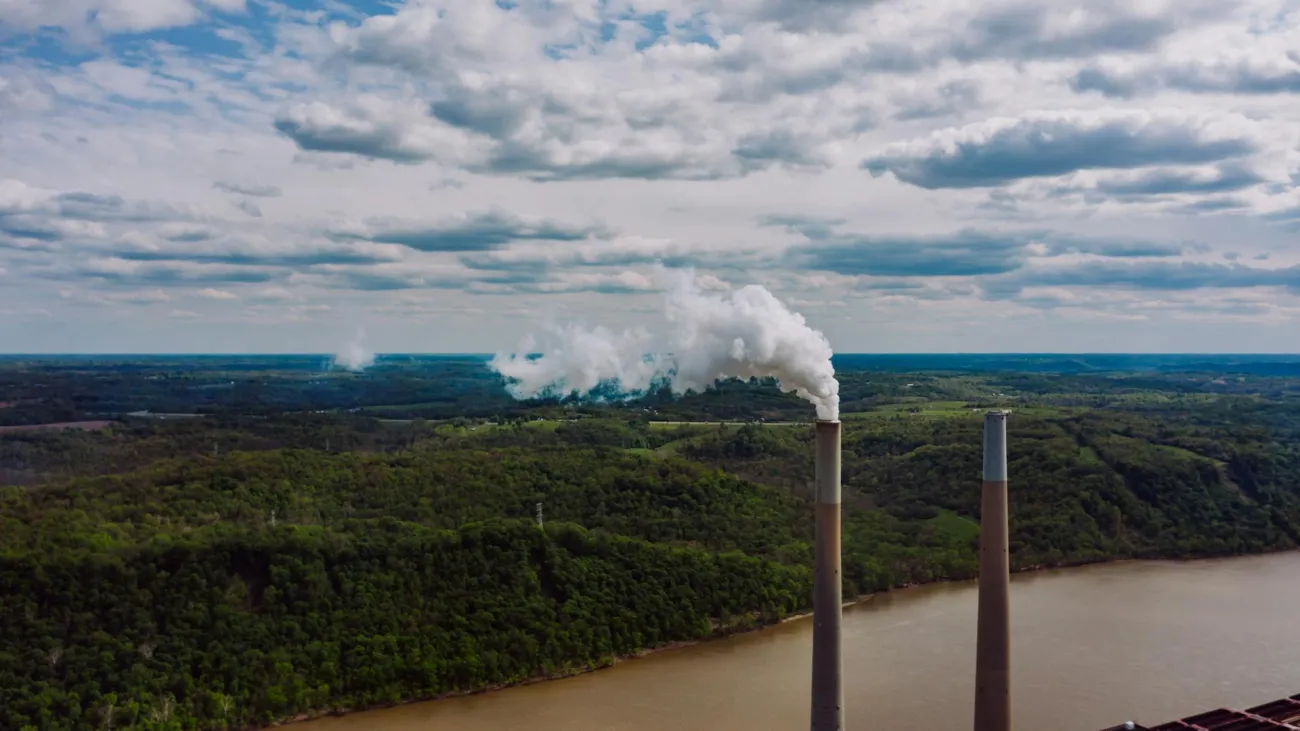A new study from researchers at The Earth Institute of Colombia University and the Woods Hole Research Center says emissions of nitrous oxide could double by the middle of the century if left unchecked. Nitrous oxide is the third biggest contributor to human-induced climate warming after carbon dioxide and methane.

About 66 per cent of human induced nitrous oxide emissions come from agriculture arising from the nitrogen in fertilizer, manure and crop residues. The next most important sources are burning fossil fuels for energy and transport, making up 15 per cent of emissions, and forest fires and biomass cook-stoves at 11 per cent.
The study, published in the journal Environmental Research Letters, brings together all the projections for future nitrous oxide emissions from different researchers. The results show that on average emissions will increase 83 per cent by 2050, if we carry on as usual. The study also looks at how emissions might be curbed between now and the middle of the century. If 'moderate' attempts are made, the study finds, nitrous oxides would still increase by around 26 per cent. But emissions could reduce by as much as 22 per cent if firm actions are taken.
Abstract
Effective mitigation for N2O emissions, now the third most important anthropogenic greenhouse gas and the largest remaining anthropogenic source of stratospheric ozone depleting substances, requires understanding of the sources and how they may increase this century. Here we update estimates and their uncertainties for current anthropogenic and natural N2O emissions and for emissions scenarios to 2050. Although major uncertainties remain, 'bottom-up' inventories and 'top-down' atmospheric modeling yield estimates that are in broad agreement. Global natural N2O emissions are most likely between 10 and 12 Tg N2O-N yr−1. Net anthropogenic N2O emissions are now about 5.3 Tg N2O-N yr−1. Gross anthropogenic emissions by sector are 66% from agriculture, 15% from energy and transport sectors, 11% from biomass burning, and 8% from other sources. A decrease in natural emissions from tropical soils due to deforestation reduces gross anthropogenic emissions by about 14%. Business-as-usual emission scenarios project almost a doubling of anthropogenic N2O emissions by 2050. In contrast, concerted mitigation scenarios project an average decline of 22% relative to 2005, which would lead to a near stabilization of atmospheric concentration of N2O at about 350 ppb. The impact of growing demand for biofuels on future projections of N2O emissions is highly uncertain; N2O emissions from second and third generation biofuels could remain trivial or could become the most significant source to date. It will not be possible to completely eliminate anthropogenic N2O emissions from agriculture, but better matching of crop N needs and N supply offers significant opportunities for emission reductions.
Citation
Davidson, E. & Kanter, D. (2014) Inventories and scenarios of nitrous oxide, Environmental Research Letters, doi:10.1088/1748-9326/9/10/105012
Read the full paper here. You can also find an article discussing the research here.




Comments (0)